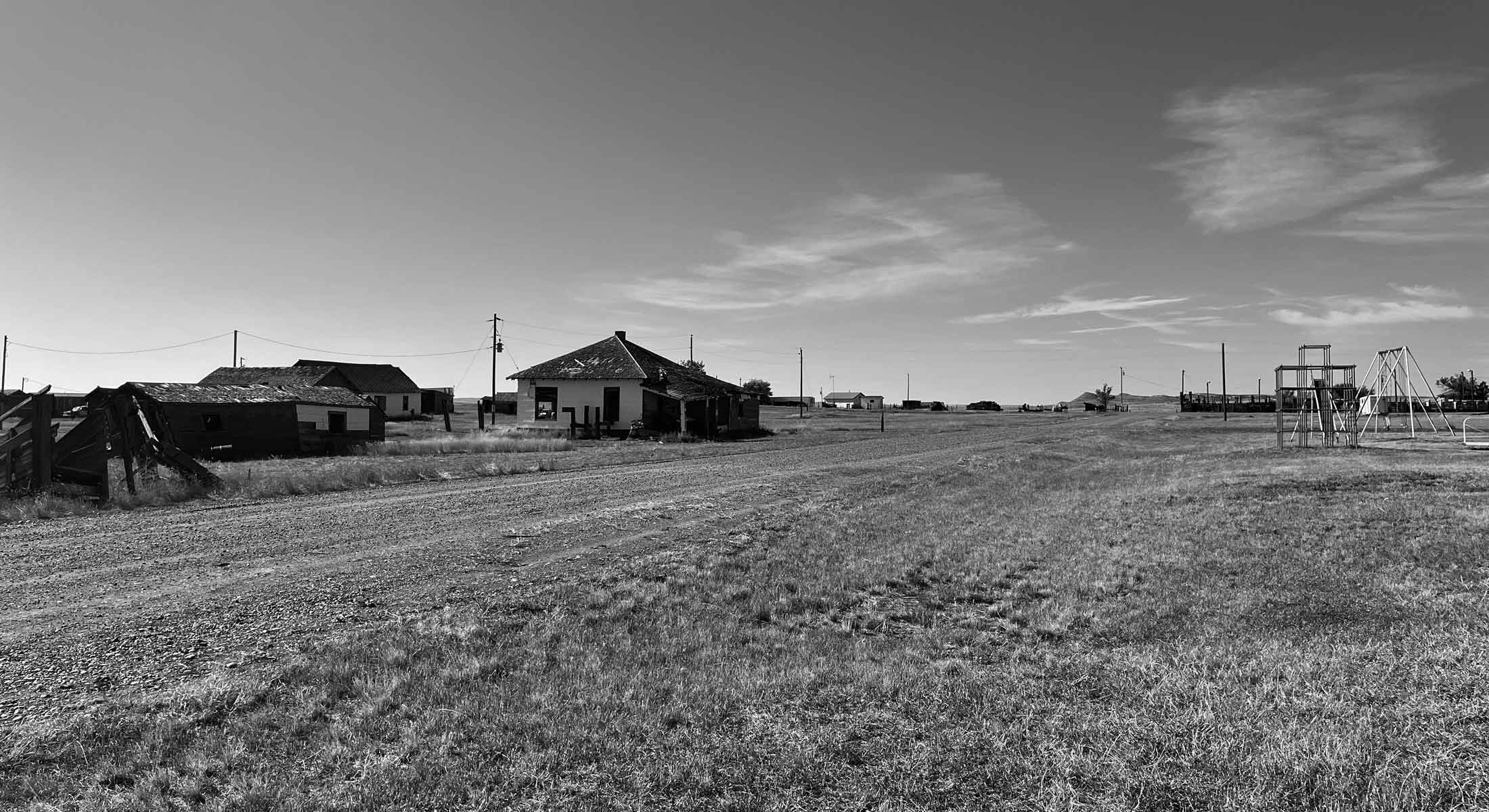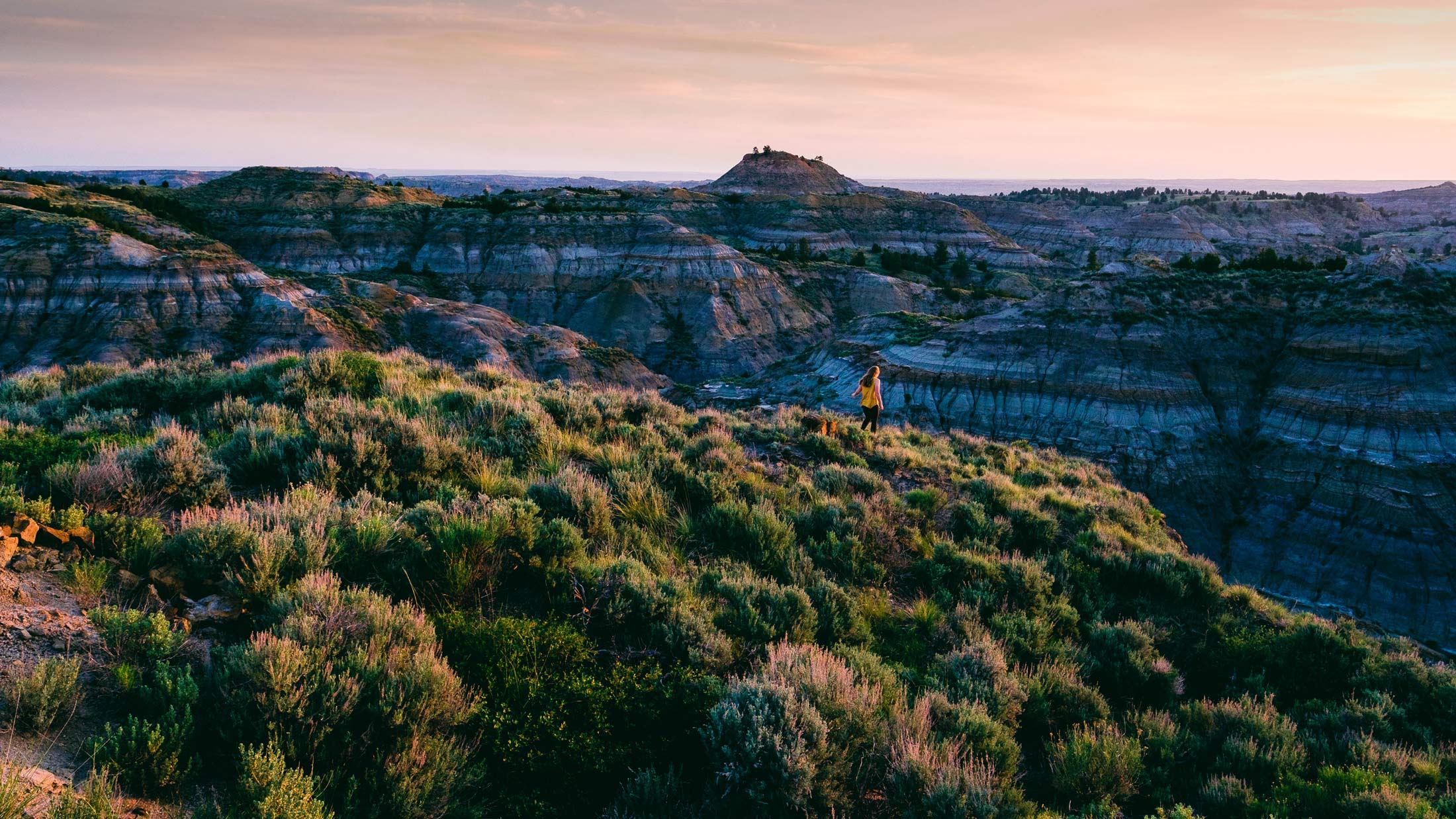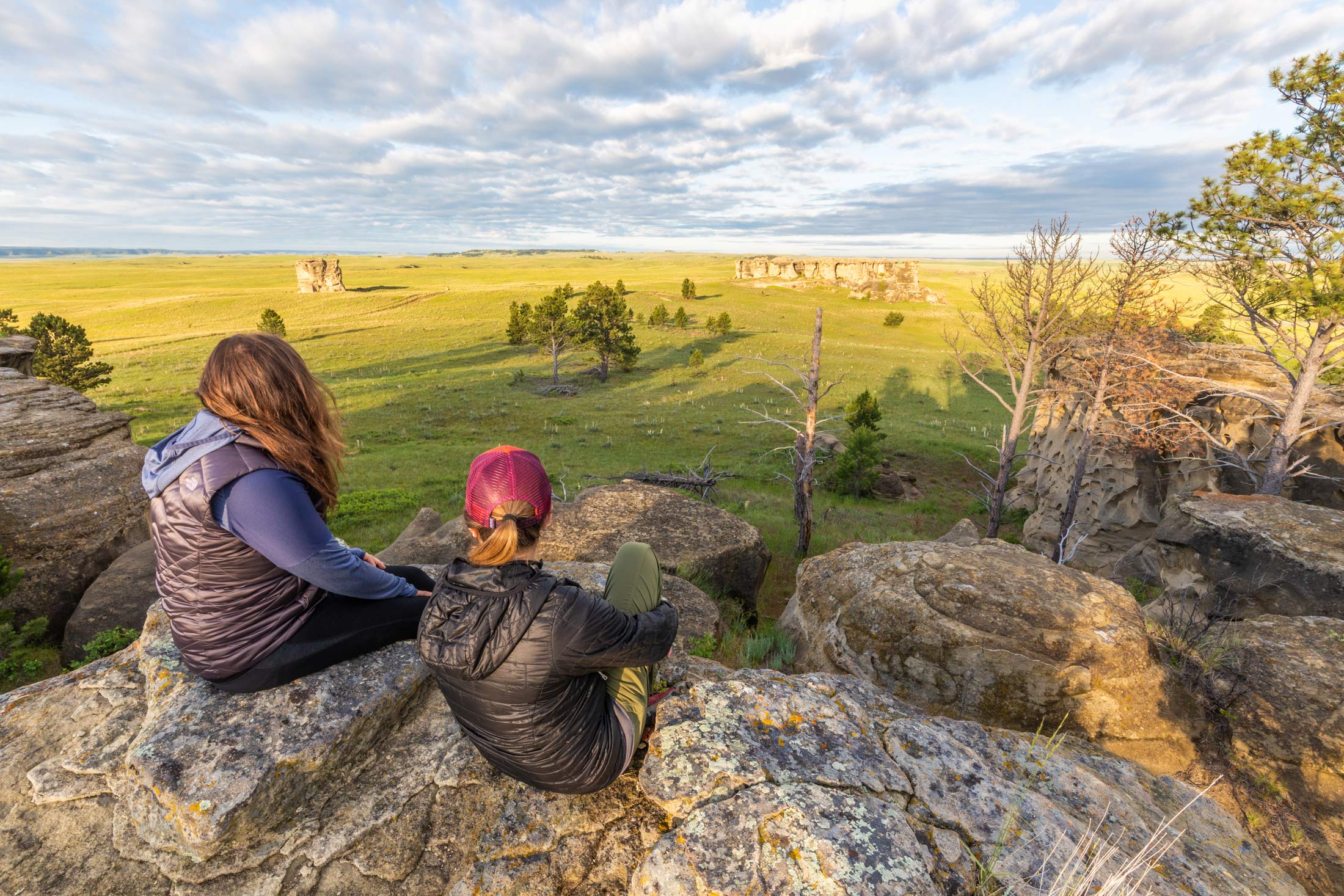Embracing the Spirit(s) of Southeast Montana
In Southeast Montana, history doesn’t sleep—it lingers in the whistling winds and sandstone bluffs, the structures, and the stories passed from one generation to the next. The frontier town travelers, the homesteads built from grit and hope, and the families who carved lives out of open prairie all left something behind. Some left their mark in records and letters. Others, perhaps, chose to stay a little longer.
This fall, as the cottonwoods turn gold and the air takes on a crisp edge, you can still meet them—the nurse who never stopped caring, the children who never stopped playing, and the hosts who still make guests feel at home.
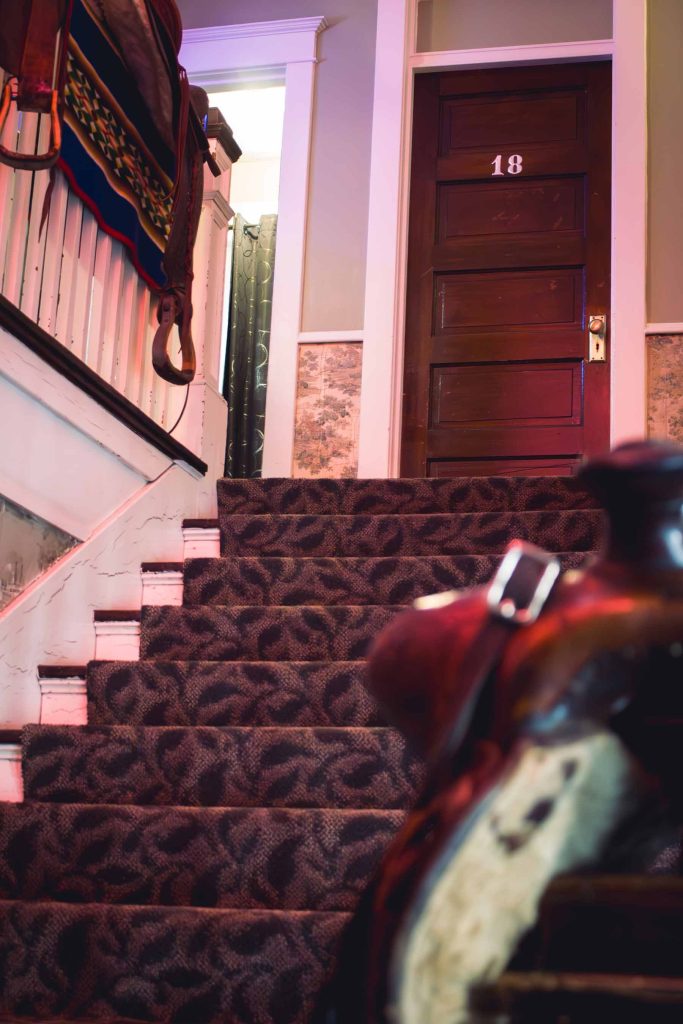
The Carefree and Compassionate: Two Children and a Nurse in White (The Kempton Hotel, Terry)
Built in 1902, the Kempton Hotel rose with Terry’s railroad boom and still welcomes travelers crossing Southeast Montana’s plains. Staff and guests alike have spoken of two playful children—unfortunate victims of typhoid—seen peeking from upstairs windows, and the soft patter of their tiny footsteps heard drumming through the halls. Others feel the gentle, caring presence of the nurse in white, who arrived in 1918 to tend to influenza patients housed at the hotel. She worked tirelessly until she, too, fell ill. Even today, guests sometimes awaken to the comforting vision of a smiling woman seated at the edge of the bed—a spirit of compassion that never left her post.
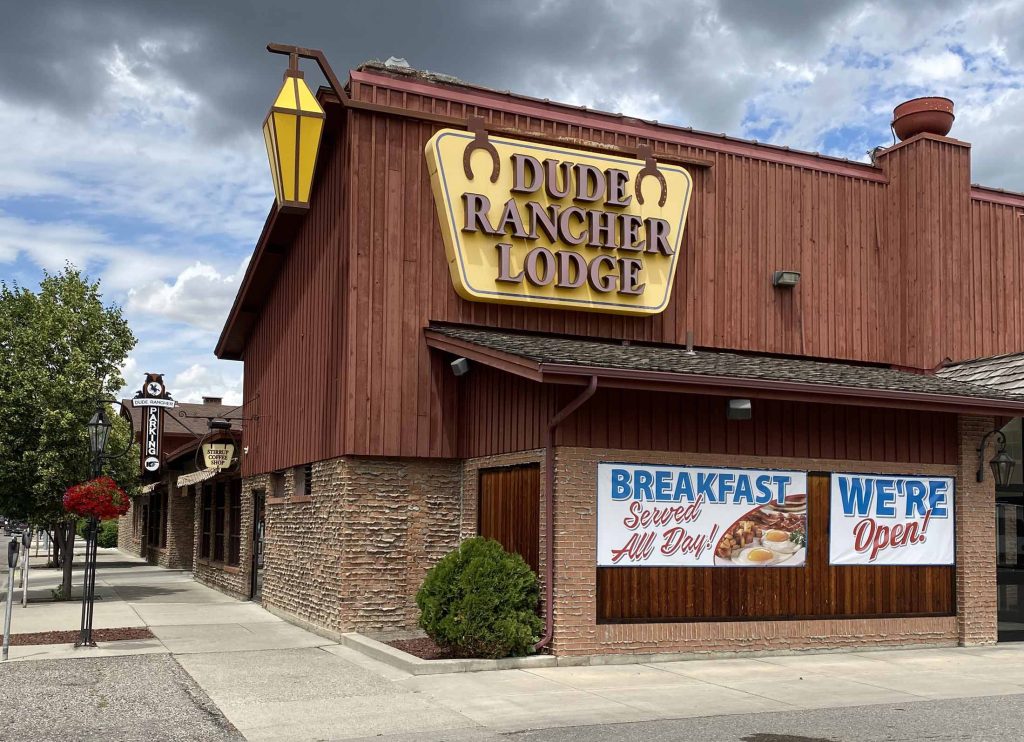
The Matriarch of Montana Hospitality: Annabelle Goan (Dude Rancher Lodge, Billings)
In the post-war boom of the 1950s, Billings grew into a titan of commerce in Southeast Montana. It was then that Annabelle and Percy Goan built the Dude Rancher Lodge, using bricks from historic Billings landmarks—including St. Vincent Hospital and Washington School—literally building the future from the town’s past.
Annabelle poured her heart into making the lodge a warm, homey refuge for travelers. Even decades after her passing, some say she’s still there unlocking doors, flicking on lights, or leaving the faint scent of roses in the air—small signs she is still ensuring every stay feels like home.
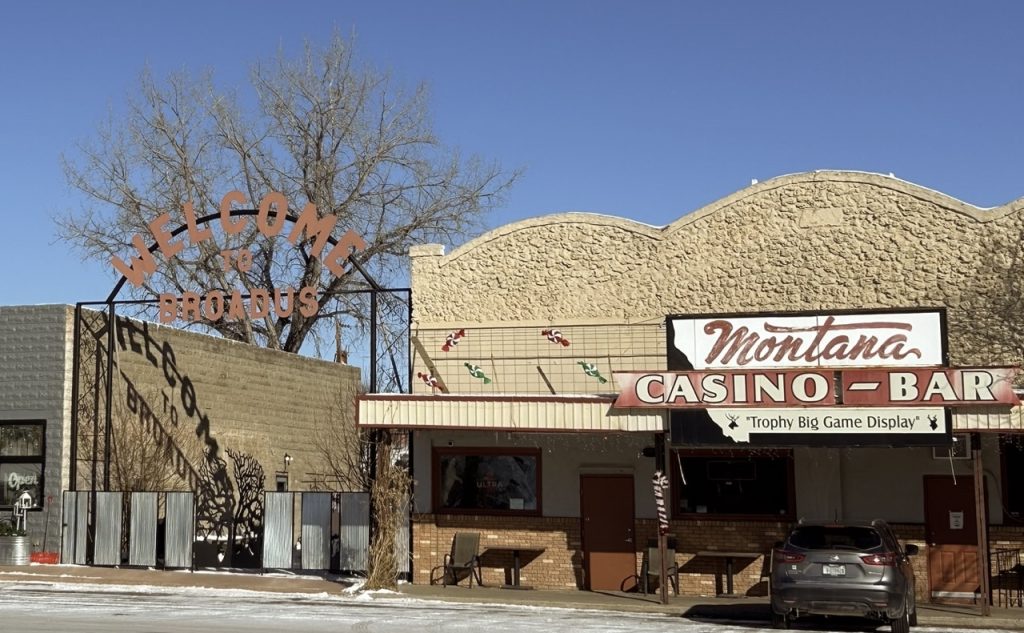
The Keeper of Main Street: Emma Sterling (Montana Café & Bar, Broadus)
Broadus, a small ranching town along the Powder River, has always been the kind of place where everyone knows your name—and where every story is worth repeating.
One of those stories belongs to Emma Sterling, who ran the Montana Café & Bar (now known as Montana Bar & Casino) with her husband, Bob, in the 1940s. The couple lived in an apartment beneath the bar, and it’s said that Emma still keeps an eye on things.
Over the years, bartenders have reported flickering lights, moved objects, and an unmistakable sense of being watched—though never with malice. Emma’s spirit feels more like that of a watchful host, making sure her patrons behave.
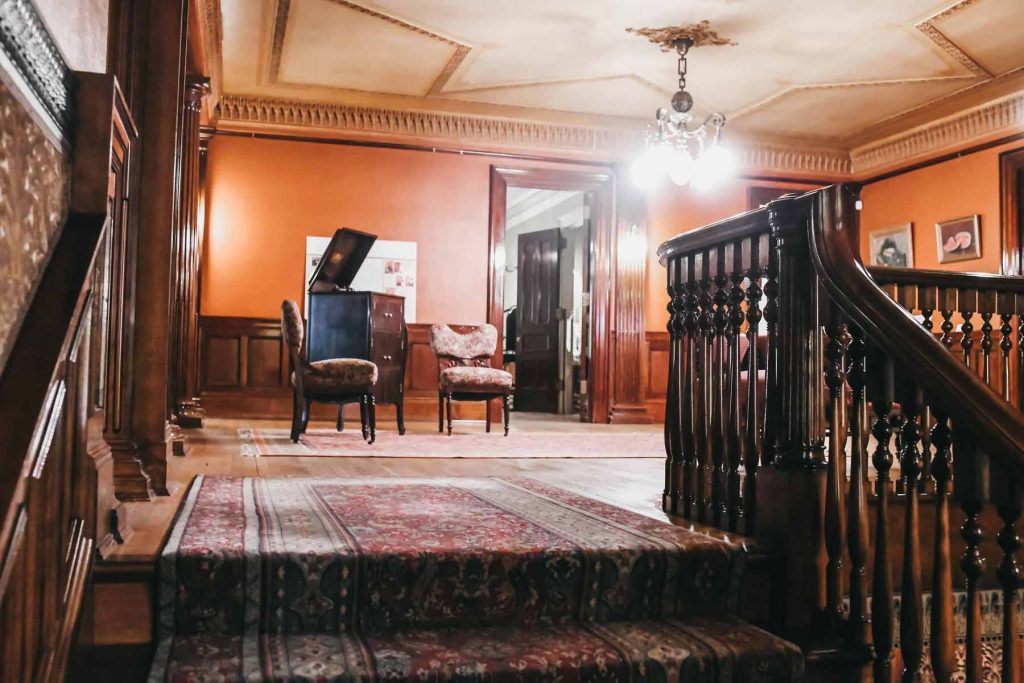
The Little Girl Who Never Left Home: Virginia Moss (Moss Mansion, Billings)
Built in 1903, the Moss Mansion stands as one of Billings’ most iconic landmarks—a grand, red sandstone home designed by renowned architect Henry Janeway Hardenbergh, who also created the original Waldorf Astoria and Plaza Hotels.
The mansion tells the story of P.B. Moss, a banker and entrepreneur who helped turn Billings into the thriving “Magic City.” But it’s his youngest daughter, Virginia, who captures hearts and imaginations.
Born in the mansion in 1902, Virginia died of diphtheria at the age of six. Visitors and staff say her playful presence lingers still: a flicker of blue light on the staircase, a chair softly rocking on its own, a fleeting giggle in the halls. Virginia’s spirit feels curious and kind, as if she’s simply enjoying her beautiful home.
This fall, let Southeast Montana’s spirits be your storytellers. Each one invites you to experience history not as something that’s passed—but as something that lives, breathes, and welcomes you to listen.
From the echoes of childlike wonder to a gracious host welcoming her guests from beyond, the spirits of the Southeast remind us that some of Montana’s greatest treasures are its stories—past and present.
More from our blog:
